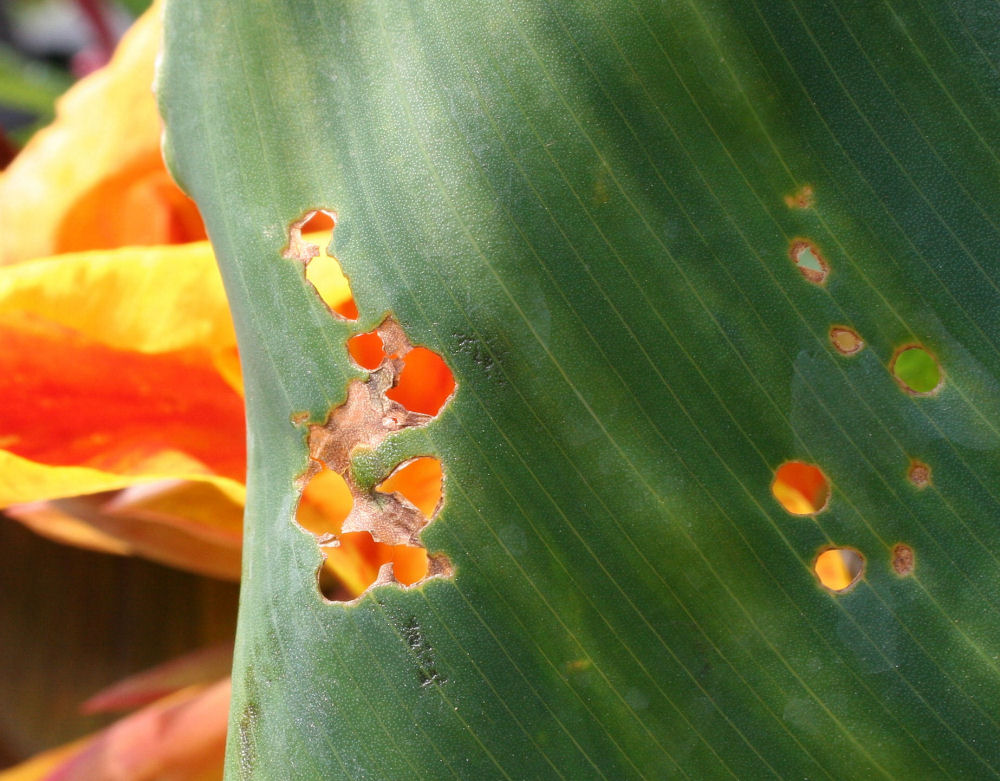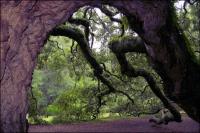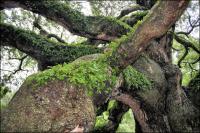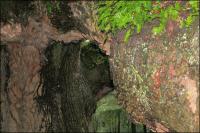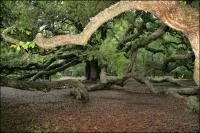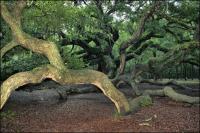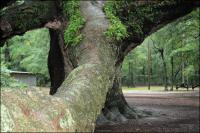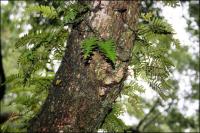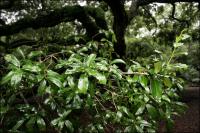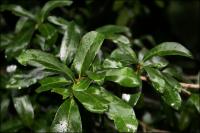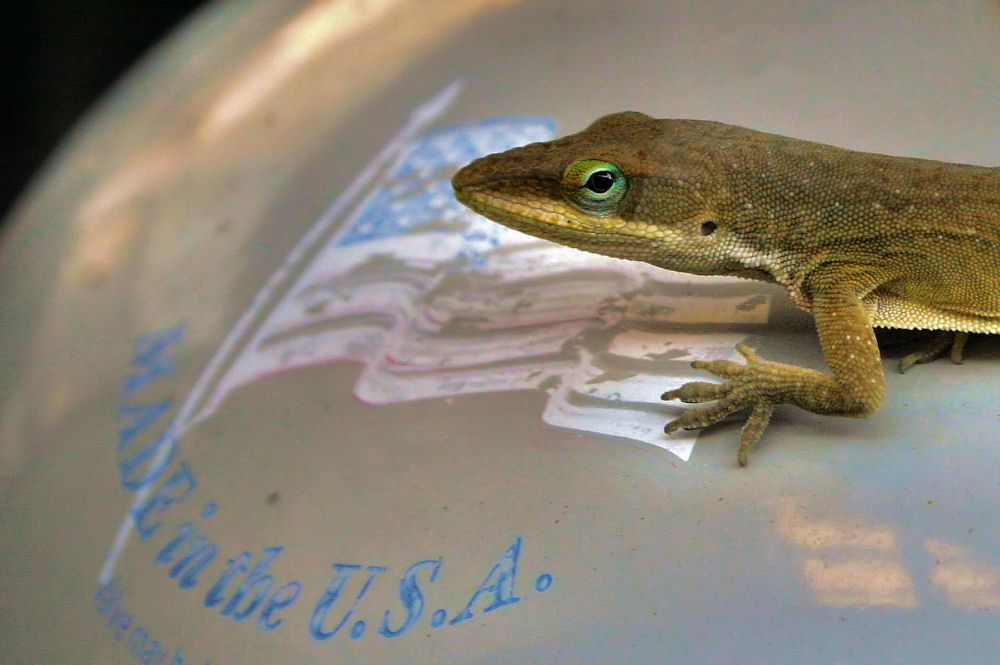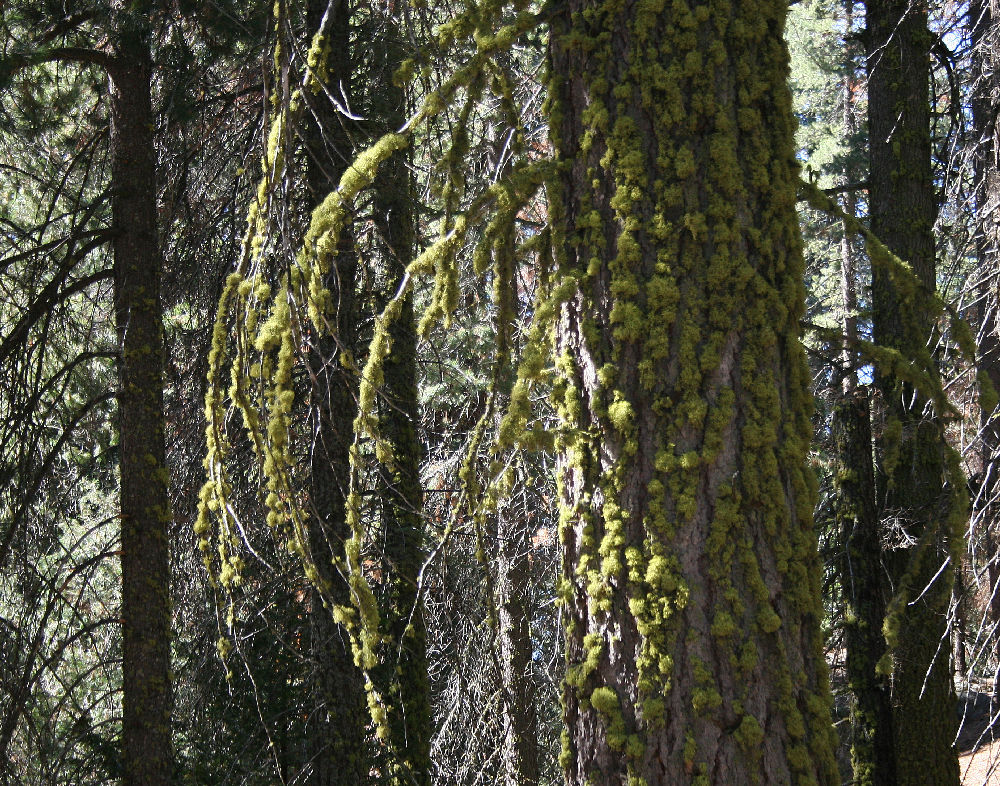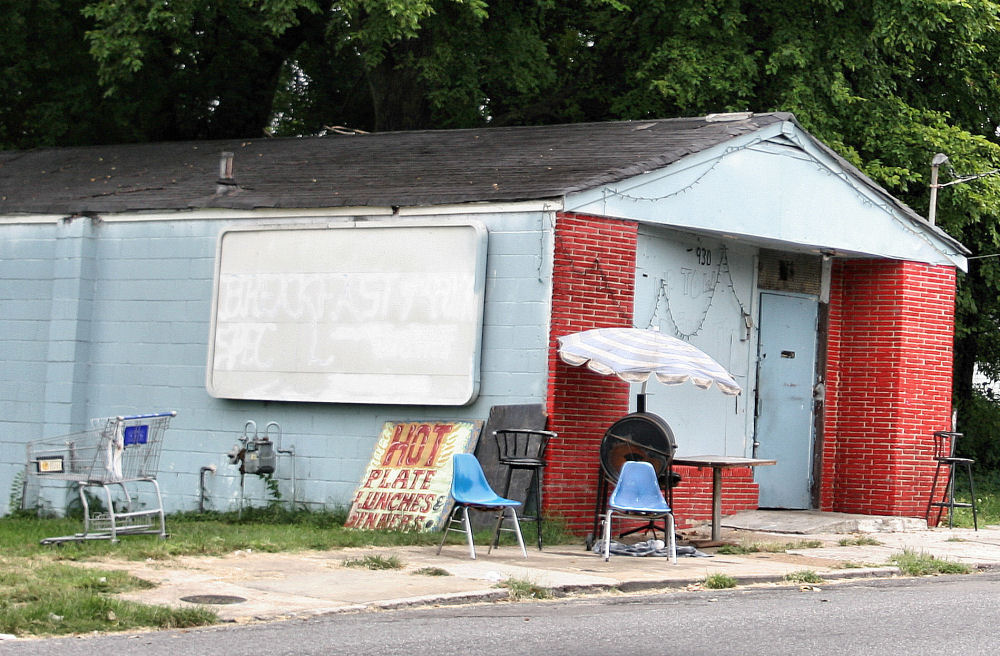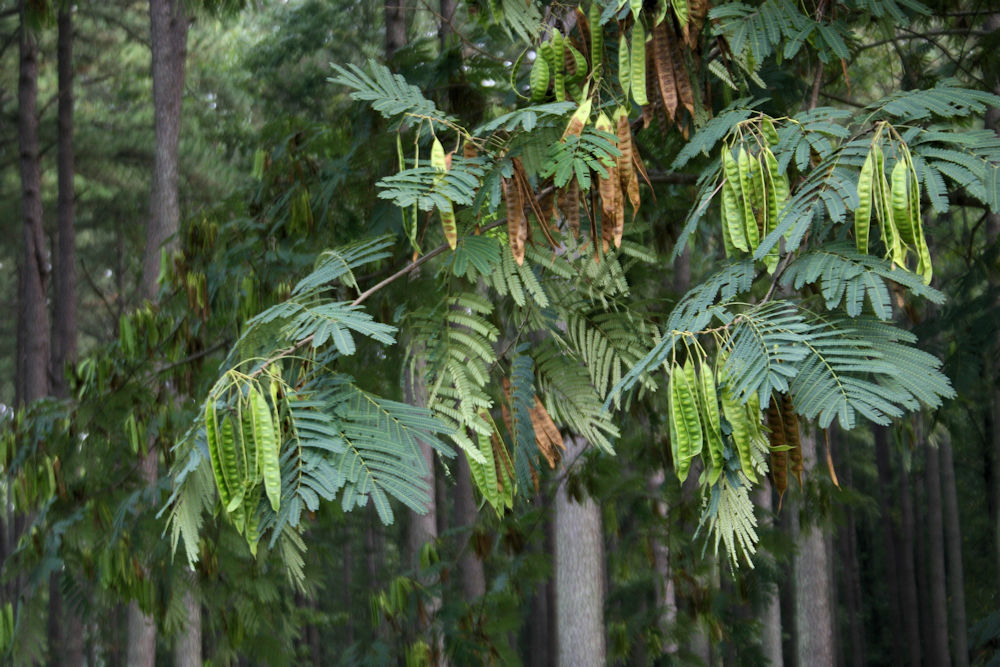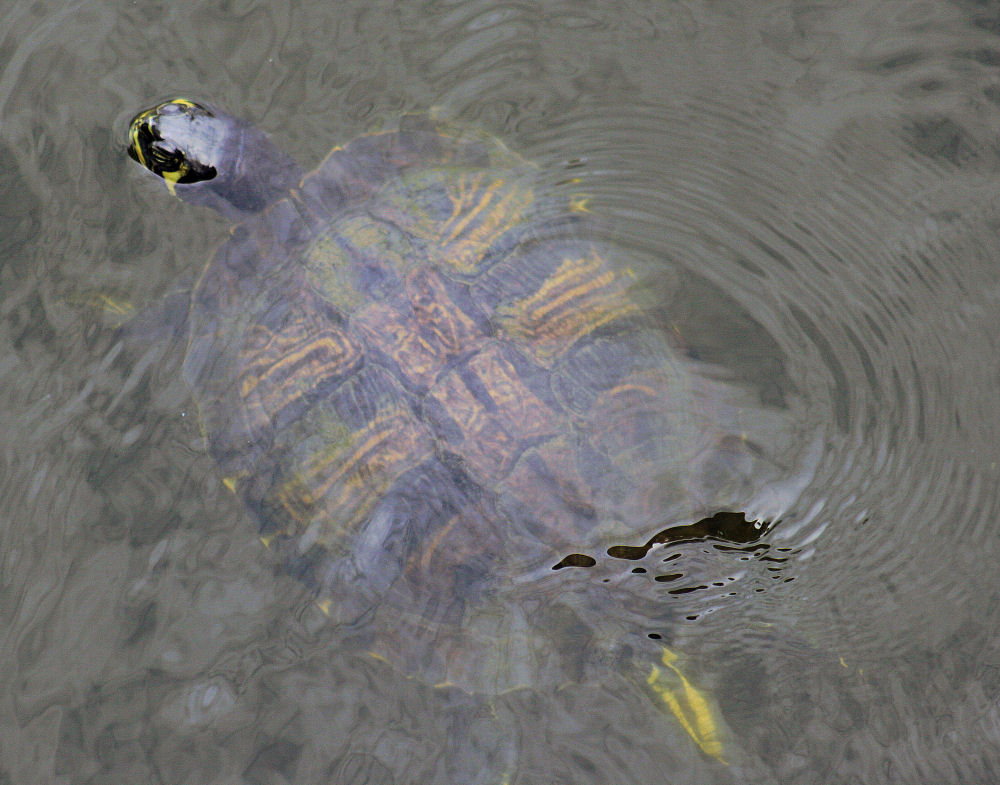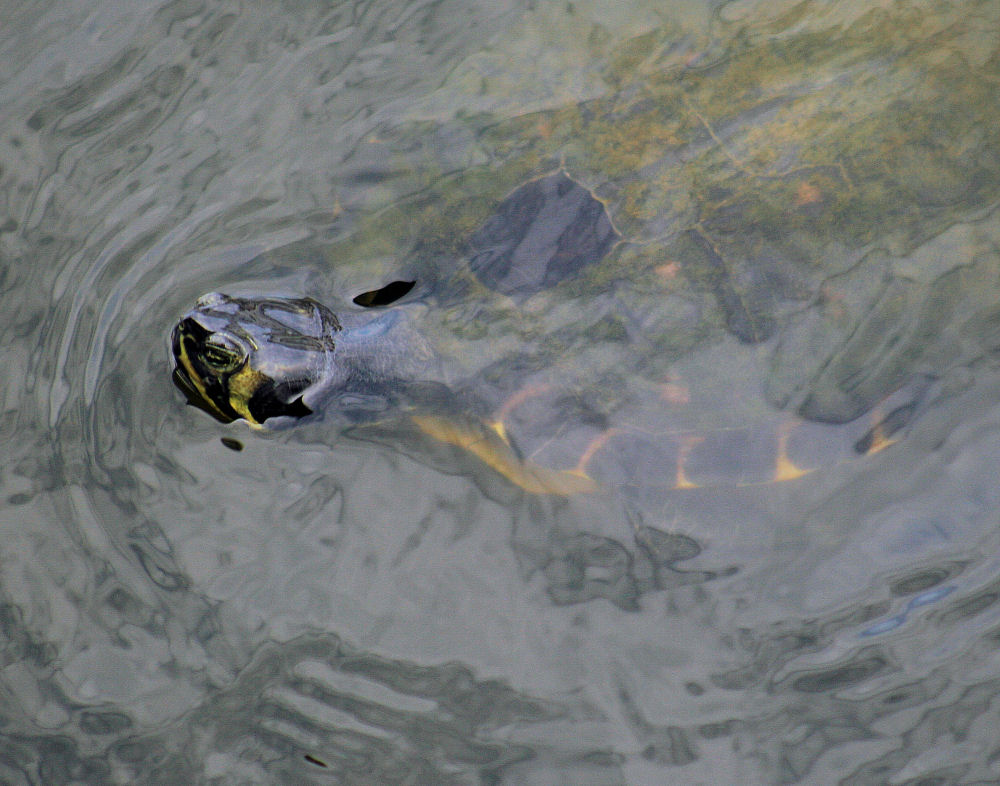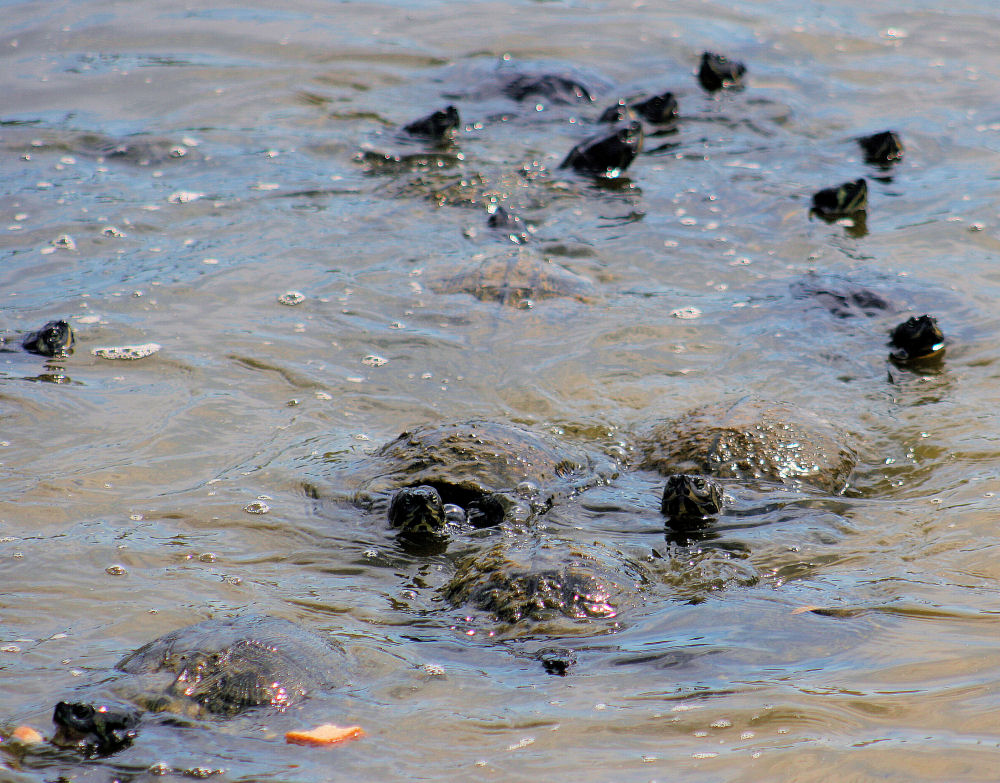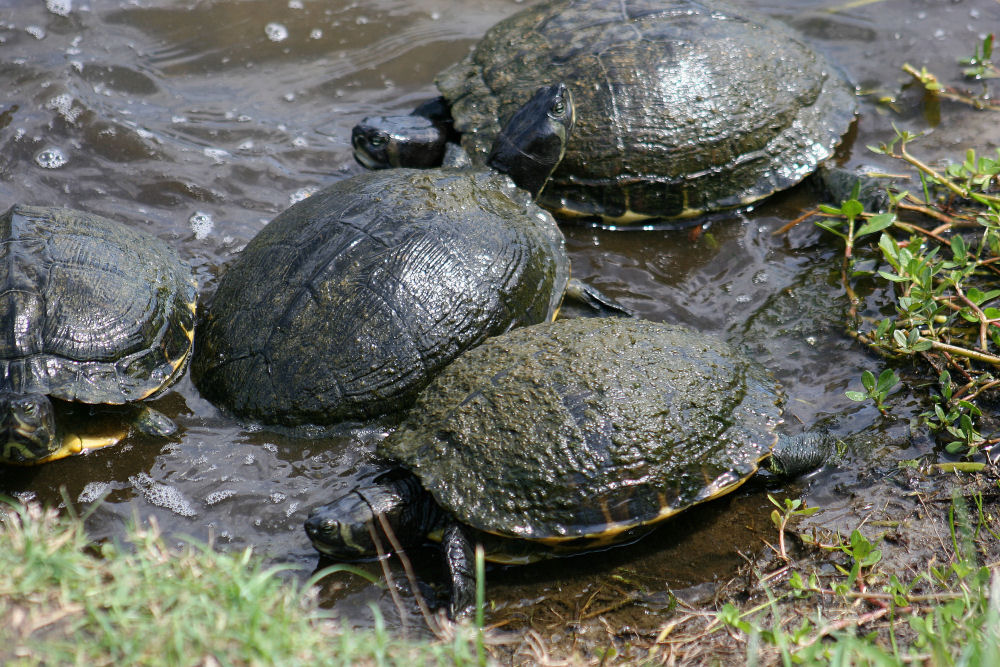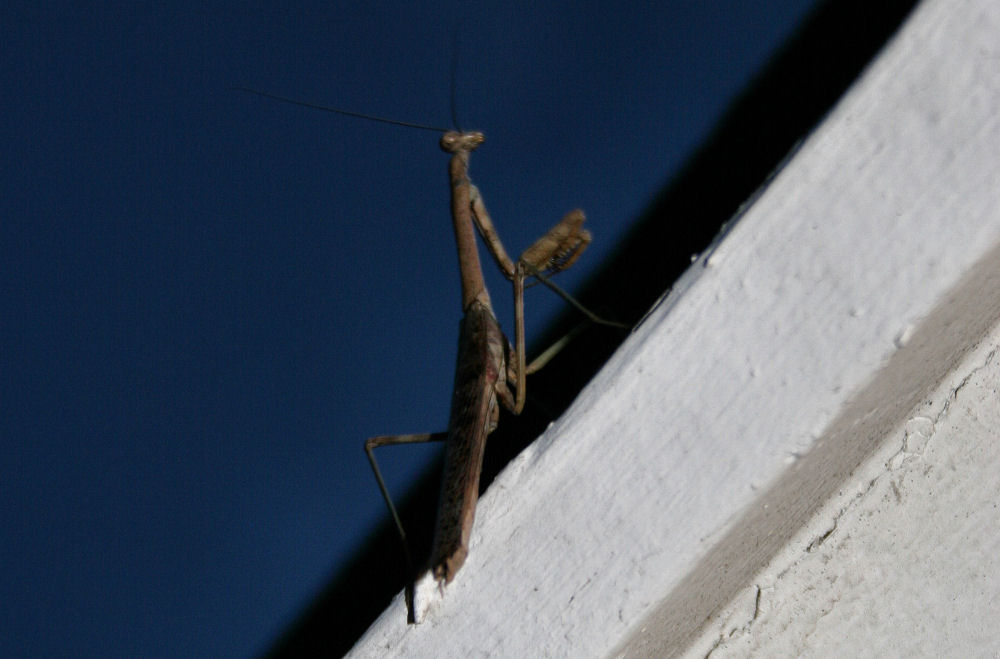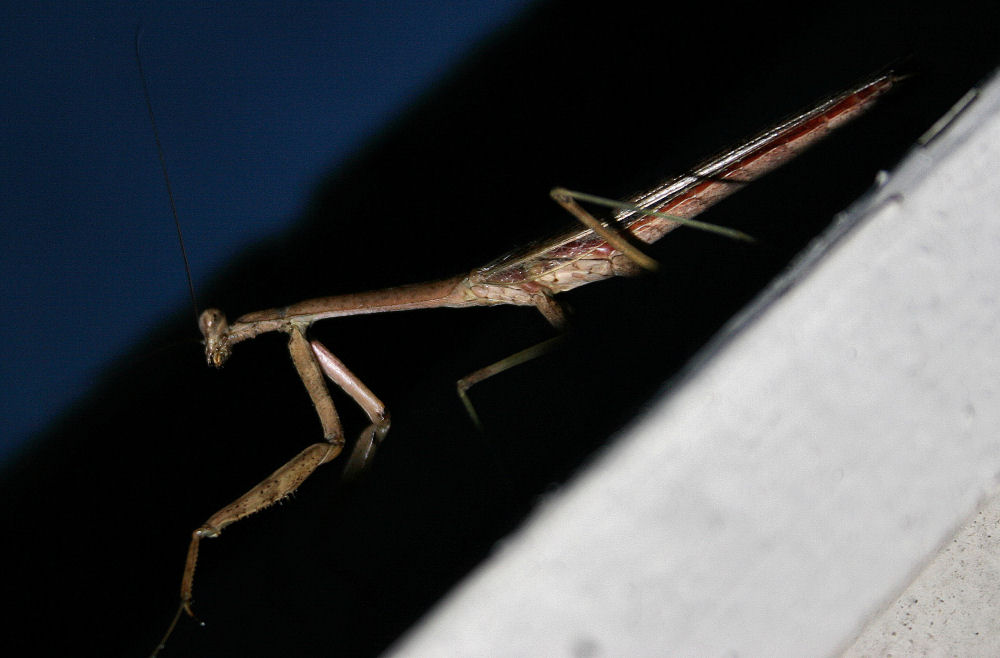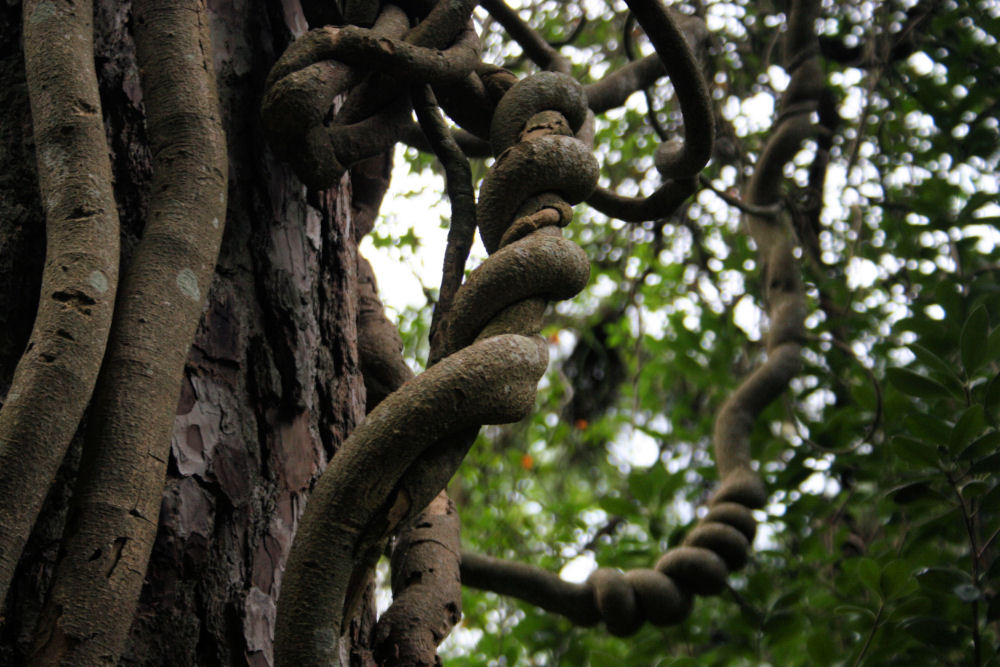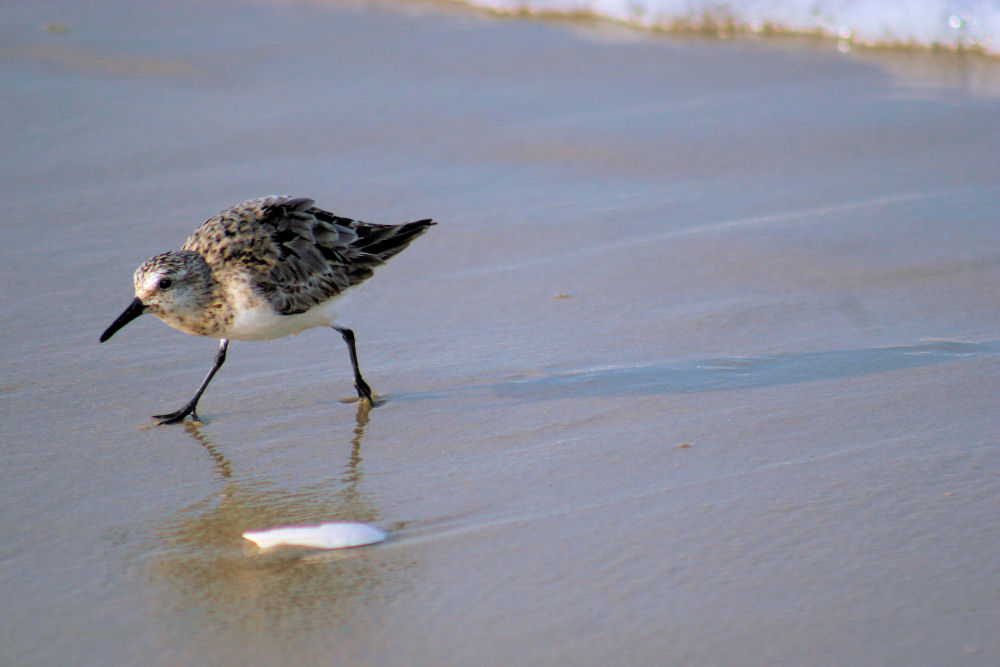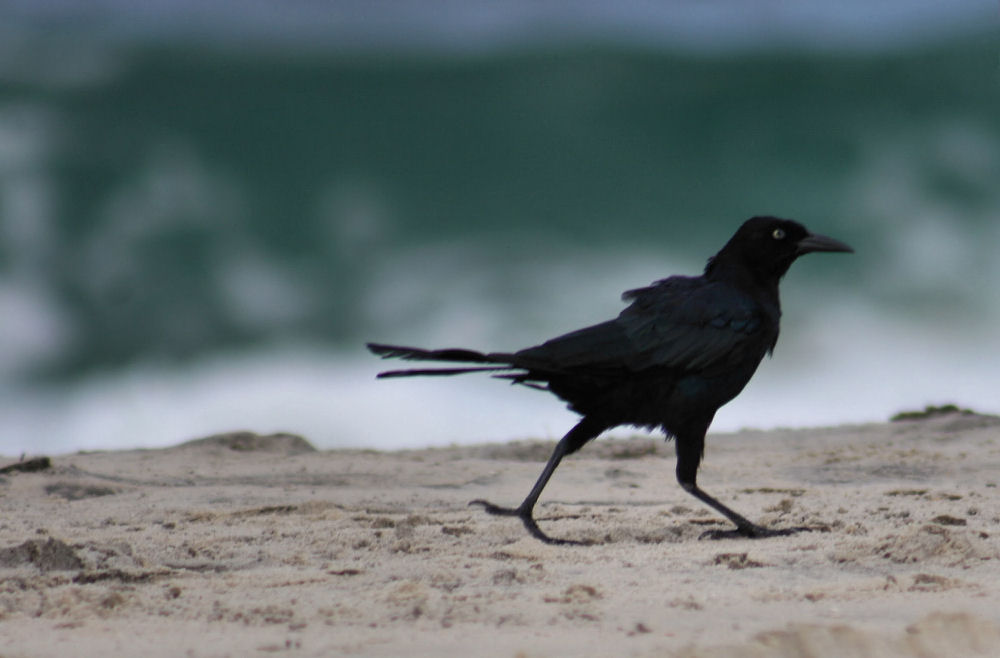Date: February 25th, 2009 | Comments : none | Categories: conservation, Environmental issues, Green, Historic significance, issues, petition, Seasonal, Series, South Carolina, Summer, Travel, Travel USA, Trees, Unusual Interest, Urban and State Parks, USA.
Update – originally posted September 11, 2008
~
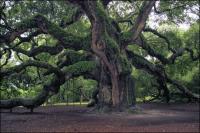
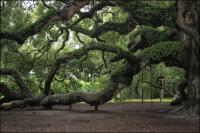

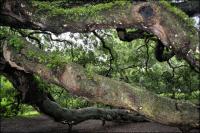

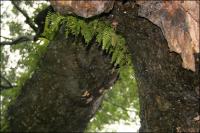
This set of photos honors the efforts of a petition to halt construction on John’s Island, South Carolina that would have encroached on an area of land boasting an Oak tree estimated to be between 300 and 400 years old.
Charleston, SC is proud of its heritage and respected for its commitment to preserving history in the area. Thanks to individuals rallying together and signing a petition, we are reassured that small efforts can and do make a difference on this planet. The land surrounding the Angel Oak is no longer in jeopardy. 17 acres were purchased by Lowcountry Land Trust, protecting the area adjacent to the tree.
Initially I wrote a longer article promoting the petition and website, which is no longer active. There were pages of exclamations by tourists who have visited the area specifically to see the Angel Oak, and interesting comments and pleas from residents who have fond memories of climbing the branches as children, and whose children now do the same. A nearby elementary school carries its’ name.
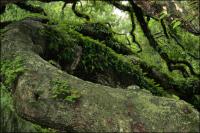
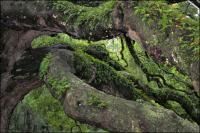
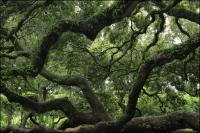
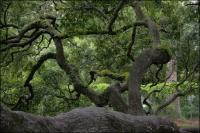
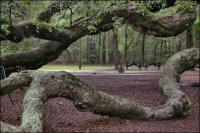
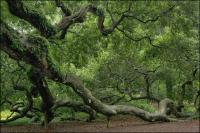
During the summer of 2008, my husband and I drove through South Carolina and took a short detour to John’s Island because I had heard of the tree and was very curious to see it. We drove through wicked rains at the edge of Tropical storm Faye, so when we arrived at Angel Oak park no one else was there. The tree trunk and lower branches are so immense, many have been propped up with stakes and heavy cables here and there, which is a little intrusive for photo-taking, but obviously necessary. Growth is spread outward more than upward, occupying an enormous space at least 150 feet wide.
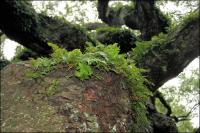
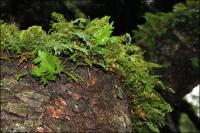
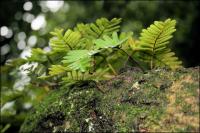
According to after the Category 5 Hurricane Hugo hit the coast of in 1989, Governor Carroll Campbell is reported to say that the storm destroyed enough timber in South Carolina to frame a home for every family in the state of West Virginia. All those trees and forests obliterated, yet The Angel Oak survived. It has since healed injuries inflicted by Hurricane Hugo.
Date: January 14th, 2009 | Comments : none | Categories: Animals, conservation, Elements, Environmental issues, Landscape, Summer, Texas, Travel USA.
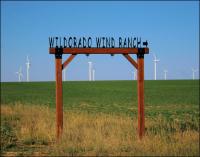

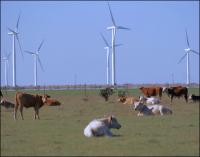
Wildorado Wind Ranch
Creating fields of renewable energy themselves, a herd of cattle leisurely does what cows do best on a warm summer day, twenty five miles west of Amarillo, just outside Adrian, Texas at the Wildorado Wind Ranch where there are 70 wind turbine generators spanning the horizon. Each turbine measures 450 ft. from ground to the tip of one of three blades. Wind will generate power to parts of eight southern States: Texas, New Mexico, Oklahoma, Colorado, Kansas, Oklahoma, Arkansas and Louisiana.
Date: November 16th, 2008 | Comments : none | Categories: Design, food, Fruit, Garden, Green, pink, Seasonal, Series, Summer, Texas, USA.
___________________________________________________________________________
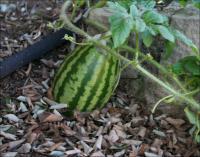
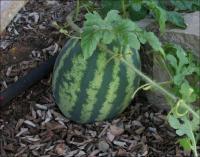
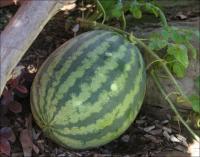 One of the fun things about gardening is that you can never predict the exact outcome of a planted seed. Even seedless things insist on having seeds in them sometimes. Such was the case with the mother of this watermelon, apparently seedless, it had only one. This series of photos were taken on Sept.19th, 25th, Oct. 25th and 27th, and Nov. 16th (2008).
One of the fun things about gardening is that you can never predict the exact outcome of a planted seed. Even seedless things insist on having seeds in them sometimes. Such was the case with the mother of this watermelon, apparently seedless, it had only one. This series of photos were taken on Sept.19th, 25th, Oct. 25th and 27th, and Nov. 16th (2008).
Date: November 15th, 2008 | Comments : none | Categories: fruit and veggies, Garden, Green, Leaves, Seasonal, Summer, Trees, USA.
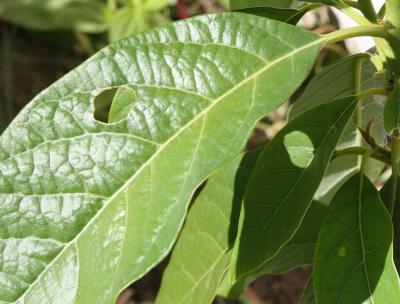 I haphazardly plunked a few avocado pits into the soil six years ago and one of them is now over seven feet high. However, it’s too close to the house and if I had known it would grow three feet in height and width this past summer I would have transplanted it somewhere smarter early last Spring.
I haphazardly plunked a few avocado pits into the soil six years ago and one of them is now over seven feet high. However, it’s too close to the house and if I had known it would grow three feet in height and width this past summer I would have transplanted it somewhere smarter early last Spring.
In the South there are no basements and the foundations of houses are more susceptible to cracking and deterioration; maintenance and prevention is critical. Now, Avocados are supposed to develop fruit the seventh year…this one possibly next year. What to do? Should I move it next Spring to some location with completely different light and soil conditions and risk it dying, or allow it to do what it will and perhaps enjoy a few home-grown avocados (a dream come true for a northern gardener), knowing that next year’s roots will be anticipating serious business as far as where they establish themselves…most likely in our foundation and the accompanying sprinkler system. The best decision is to move it sooner than later. We may not live here long enough to enjoy the fruits of our labor, but hopefully this tree will reestablish itself and produce fruit sometime soon, and it’s cool to think that someone – whoever, whenever – will enjoy fresh avocados from it.
Date: October 25th, 2008 | Comments : none | Categories: Animals, Anoles, Garden, Reptiles, Seasonal, Series, Smile, Summer, Texas.
Date: October 13th, 2008 | Comments : none | Categories: California, forest, Green, Summer, Travel, Travel USA, Trees, Urban and State Parks.
Date: September 22nd, 2008 | Comments : none | Categories: Design, Garden, Insects, Moths and Butterflies, Seasonal, Summer, Texas.
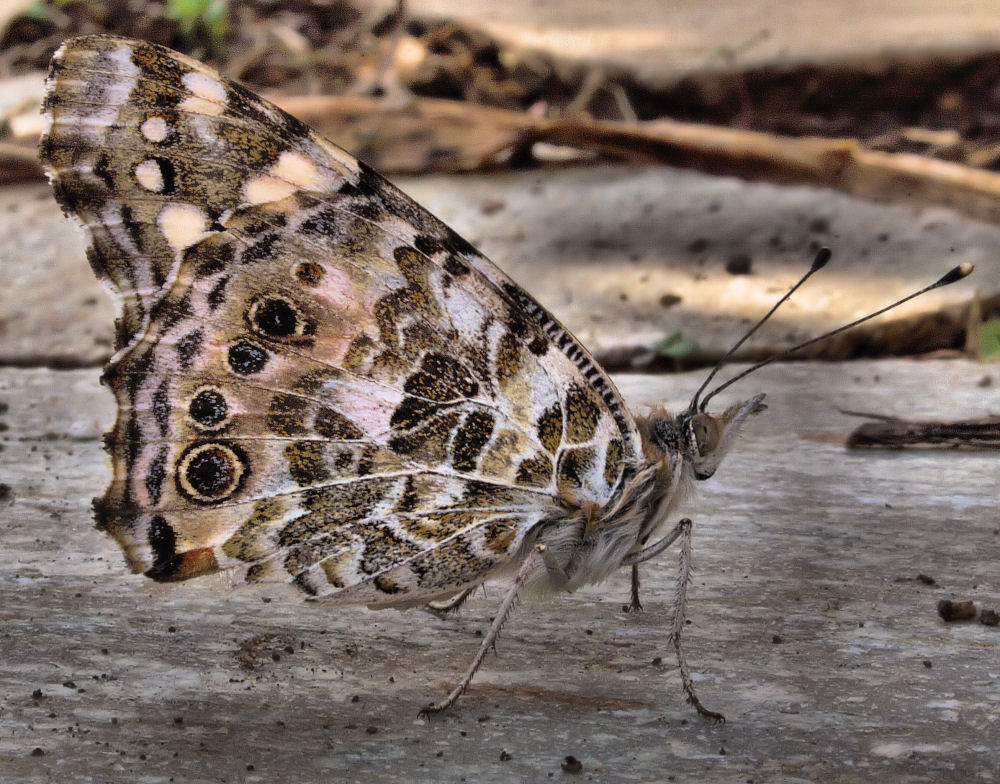 While tidying the garden today I picked this up, and for a split second I wondered how a dead leaf could be so soft and powdery…and fluttering! If my camera would cooperate I could have taken a great macro because the moth let me get as close as I wanted. So pretty!
While tidying the garden today I picked this up, and for a split second I wondered how a dead leaf could be so soft and powdery…and fluttering! If my camera would cooperate I could have taken a great macro because the moth let me get as close as I wanted. So pretty!
My old Canon AE1 would snap pictures no matter how close I got to something, but even on ‘manual’ the Canon EOS 20D will only allow me to get about 4 inches away before the shutter refuses to close. I miss my old fashioned (1980) Canon sometimes, and even the new Canon AE1s cannot compare to it. I don’t miss developing though, and the other restrictions.
Date: September 19th, 2008 | Comments : none | Categories: Animals, Anoles, Autumn, Dallas, Garden, Green, Reptiles, Seasonal, Smile, Summer, Texas.
 We were away for two weeks and forgot to turn the sprinkler system on before leaving, so I thought the Green Anoles might have moved to greener pastures. Fortunately they are still thriving; here one is staying cool and safe inside a large Canna Lily leaf, a leaf that I nearly cut off while clearing out dead and dying plants.
We were away for two weeks and forgot to turn the sprinkler system on before leaving, so I thought the Green Anoles might have moved to greener pastures. Fortunately they are still thriving; here one is staying cool and safe inside a large Canna Lily leaf, a leaf that I nearly cut off while clearing out dead and dying plants.
Date: September 3rd, 2008 | Comments : none | Categories: Architecture, City Streets, Cultures, Summer, Tennessee, Travel, Travel USA.
 Courtland, Tennessee, just west of Memphis
Courtland, Tennessee, just west of Memphis
___________________________________________________________________________
___________________________________________________________________________
Date: September 1st, 2008 | Comments : none | Categories: flowering trees, forest, Fruit, Green, Landscape, Seasonal, Summer, Tennessee, Travel USA, Trees, USA.
Date: August 28th, 2008 | Comments : none | Categories: Aquatic creatures, North Carolina, Reptiles, Seasonal, Summer, Travel, Travel USA, Urban and State Parks, USA, Water.
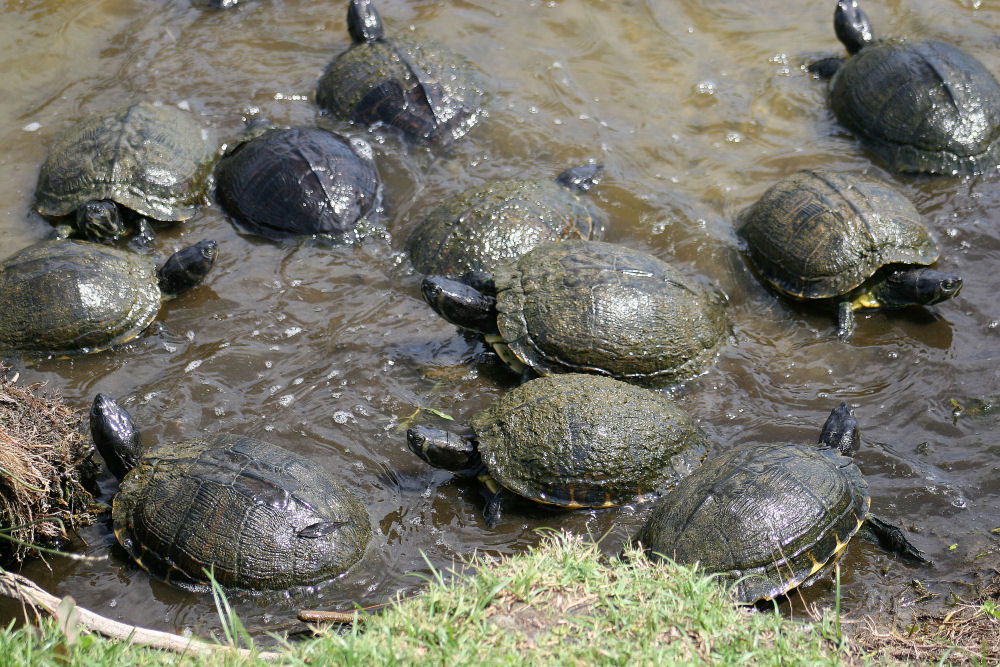 Feeding bread to about 50 turtles, Kitty Hawk, Outer Banks, NC
Feeding bread to about 50 turtles, Kitty Hawk, Outer Banks, NC
___________________________________________________________________________
Date: August 27th, 2008 | Comments : none | Categories: City Streets, Flowers, Insects, North Carolina, Seasonal, Summer, Travel USA, USA.
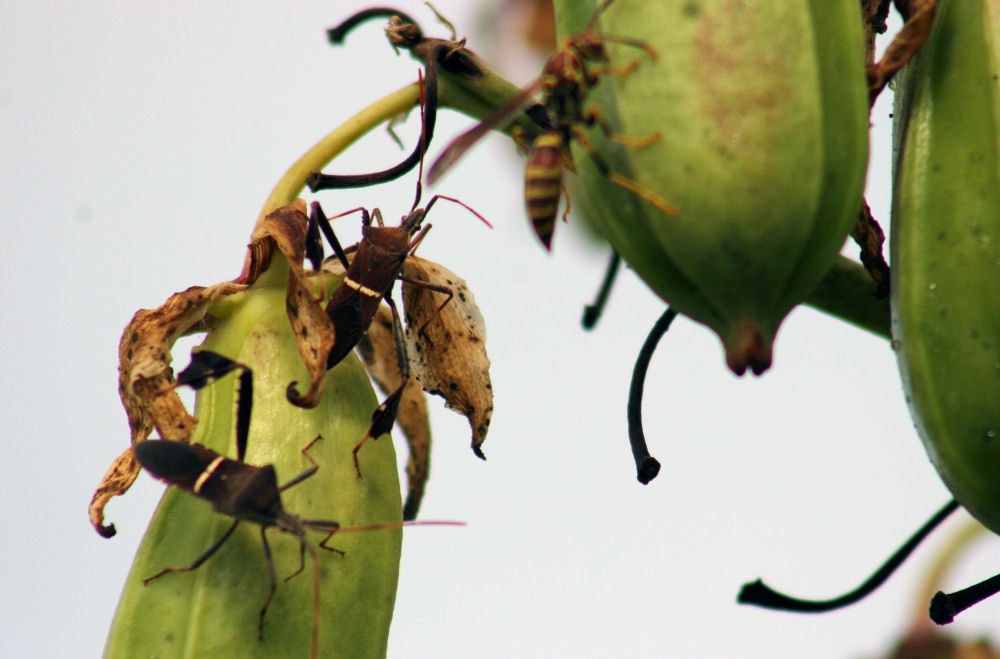 Beetles and wasps on Yukka seed pods
Beetles and wasps on Yukka seed pods
___________________________________________________________________________
Date: August 26th, 2008 | Comments : none | Categories: Design, North Carolina, Summer, Travel, Travel USA, Trees, Unusual Interest, Urban and State Parks, USA.
Date: August 24th, 2008 | Comments : none | Categories: beach, Birds, North Carolina, Summer, Travel, Travel USA, USA.
Site Search
Meta
